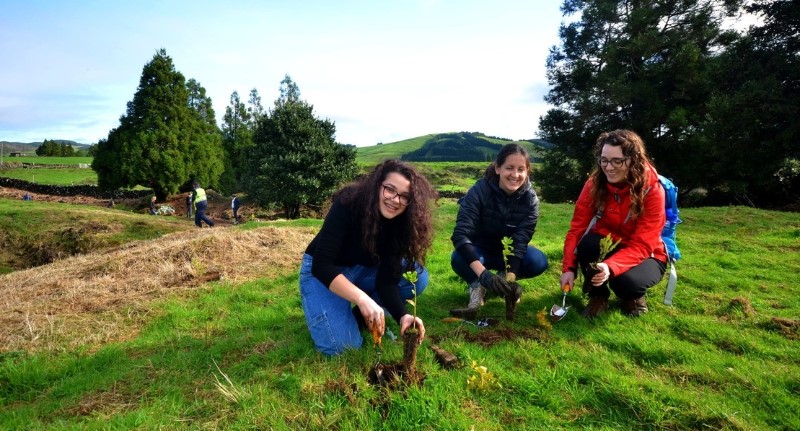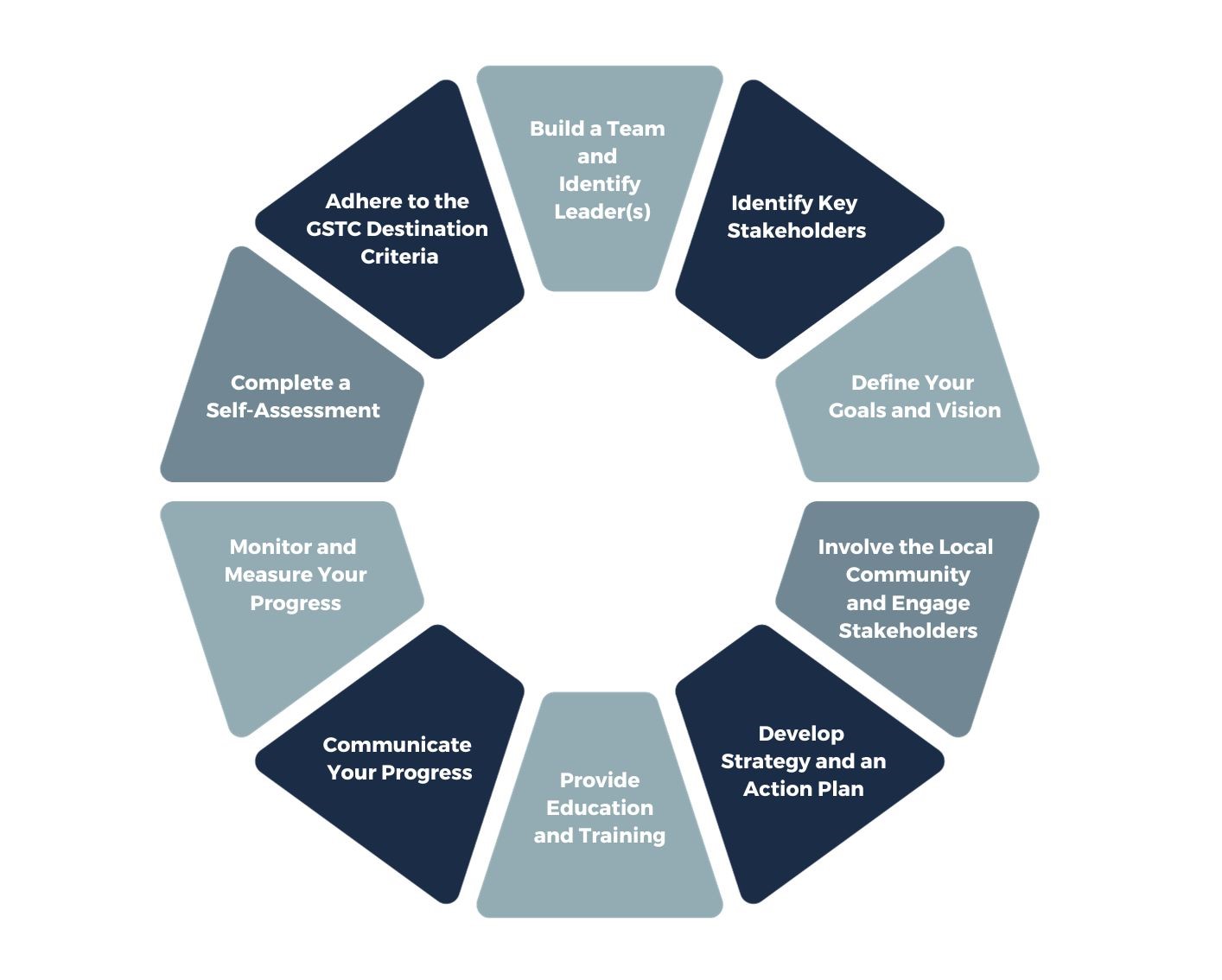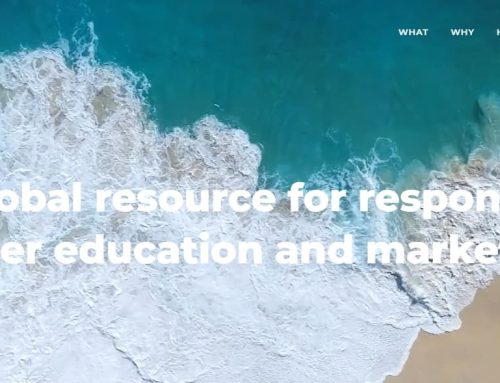Destination Stewardship Report – Autumn 2023 (Volume 4, Issue 2)
This post is from the Destination Stewardship Report (Autumn 2023, Volume 4, Issue 2), a publication that provides practical information and insights useful to anyone whose work or interests involve improving destination stewardship in a post-pandemic world.
Introducing the GSTC Destination Stewardship Starter Kit
How can a destination get started with the destination stewardship process? Tiffany Chan, GSTC Destinations Coordinator, shares best practices outlined in the new GSTC Destination Stewardship Starter Kit, developed by GSTC’s Destination Stewardship Working Group.
Defining destination stewardship
Destination stewardship is a process by which local communities, governmental agencies, NGOs, and the tourism industry take a multi-stakeholder approach to maintaining the cultural, environmental, economic, and esthetic integrity of their country, region, or town. In other words, to ensure that the destination retains and enhances the distinctive attributes that appeal to both residents and tourists. It requires a clear mandate, measurement of standards, community buy-in, and stakeholder collaboration. Practicing destination stewardship is crucial in ensuring that a destination remains attractive, authentic, and sustainable.
The Destination Stewardship Starter Kit has been developed by the Global Sustainable Tourism Council (GSTC), led by their Destination Stewardship Working Group (DSWG), to support destinations in their transition towards a stewardship approach. It is intended for destination managers, policymakers, and other stakeholders who are involved in tourism development and management, including public and private sectors, community members, and non-governmental organizations. It is particularly relevant for destinations where there is external pressure to better manage tourism impacts, or when an essential shift to destination stewardship is recognized.
Getting started
This starter kit aims to provide a set of initial steps that destinations can take to shift towards a stewardship approach, though it is important to acknowledge that the process is distinctive to each destination. The steps offered in this starter kit serve as a guide and, therefore, it is not mandatory to follow them in a specific sequence. The recommended steps are below.
Although the starting point for each destination may differ based on their specific needs and circumstances, sustainable management is foundational when it comes to a holistic approach to destination stewardship. Criterion A1 of the GSTC Destination Criteria (GSTC-D) summarizes the importance of a highly inclusive planning group. It is inclusive in terms of a “whole-government” approach, as well as ongoing and meaningful engagement with stakeholders from the community and tourism-related businesses.
What does a governing body look like? Criterion A1 takes care not to prescribe the structure of a council, whether it be an effective organization, department, group, or committee. A model destination council should comprise an area with permanent inhabitants and multiple stakeholders. It may or may not be the official DMO, but should incorporate DMO participation. Council activities should also involve a diversity of destination stakeholders and encourage the engagement of local communities.
Collaboration is key in the sustainability journey
Build a team of leaders
Get started by involving one or two individuals. Implementing a comprehensive sustainability program is challenging. There needs to be someone who leads the process and is dedicated to making it successful. Once the leader(s) has been identified, a planning team should be formed. The team should consist of a small group who have a clear role and responsibilities. Identify and bring together individuals who are passionate about sustainable tourism and committed to a long-term vision. Organized the team in a way that allows continuity for when members leave and are replaced by others.
Identify key stakeholders
Stakeholders also play a vital role in developing and implementing sustainable tourism practices. Identify potential stakeholders and partners within the destination, including local government officials, tourism organizations, hospitality businesses, and community leaders. Look at potential projects with partners that are easy to get started and will have a big impact. Establish a stakeholder committee that includes the public & private sectors, NGOs, and the community. Include marginalized stakeholders that may be left out of the planning process. Many of the elements of sustainability plans are done by people outside tourism. Understand the work being done by those that can have a big influence.
This is not a comprehensive list, but rather a baseline of potential stakeholders. Each destination will have a variety of different stakeholders. Conduct stakeholder mapping to identify all the potential stakeholders that exist within your destination.
Involve the local community and engage stakeholders

Overall, the Destination Stewardship Starter Kit provides a practical roadmap to prioritizing governance and management strategy, creating a baseline for measurement, and setting achievable targets for sustainable tourism development. The outlined criteria and steps serve as a starting point for destinations to adopt a stewardship approach. It is important to note that destination stewardship is a continuous process of growth and improvement, and not simply a one-time checklist. Ultimately, prioritizing holistic governance, a multi-year management strategy, and continuous monitoring with adaptations will help kickstart your sustainability journey.
Download the Destination Stewardship Starter Kit
About the Author
Tiffany Chan is GSTC’s Destinations Coordinator. Based in British Columbia, Canada, she is an outdoor enthusiast and advocate for protecting wild places.






